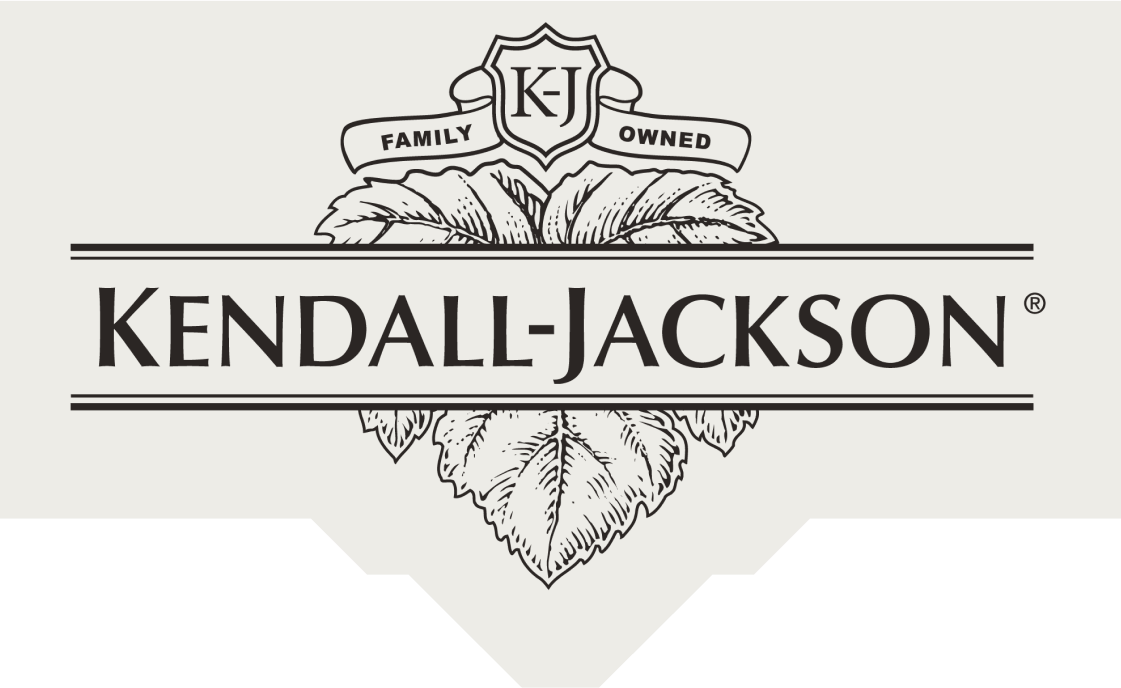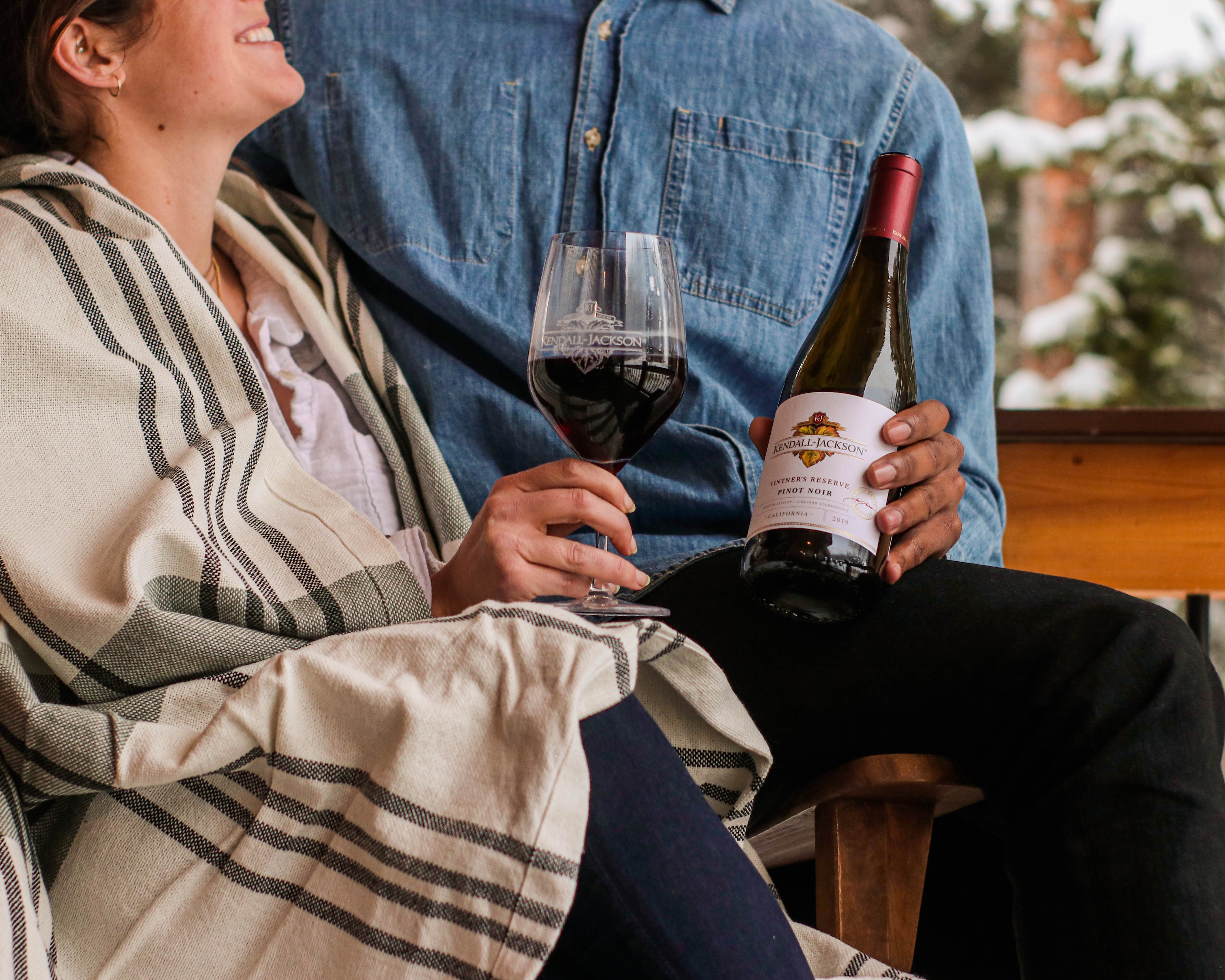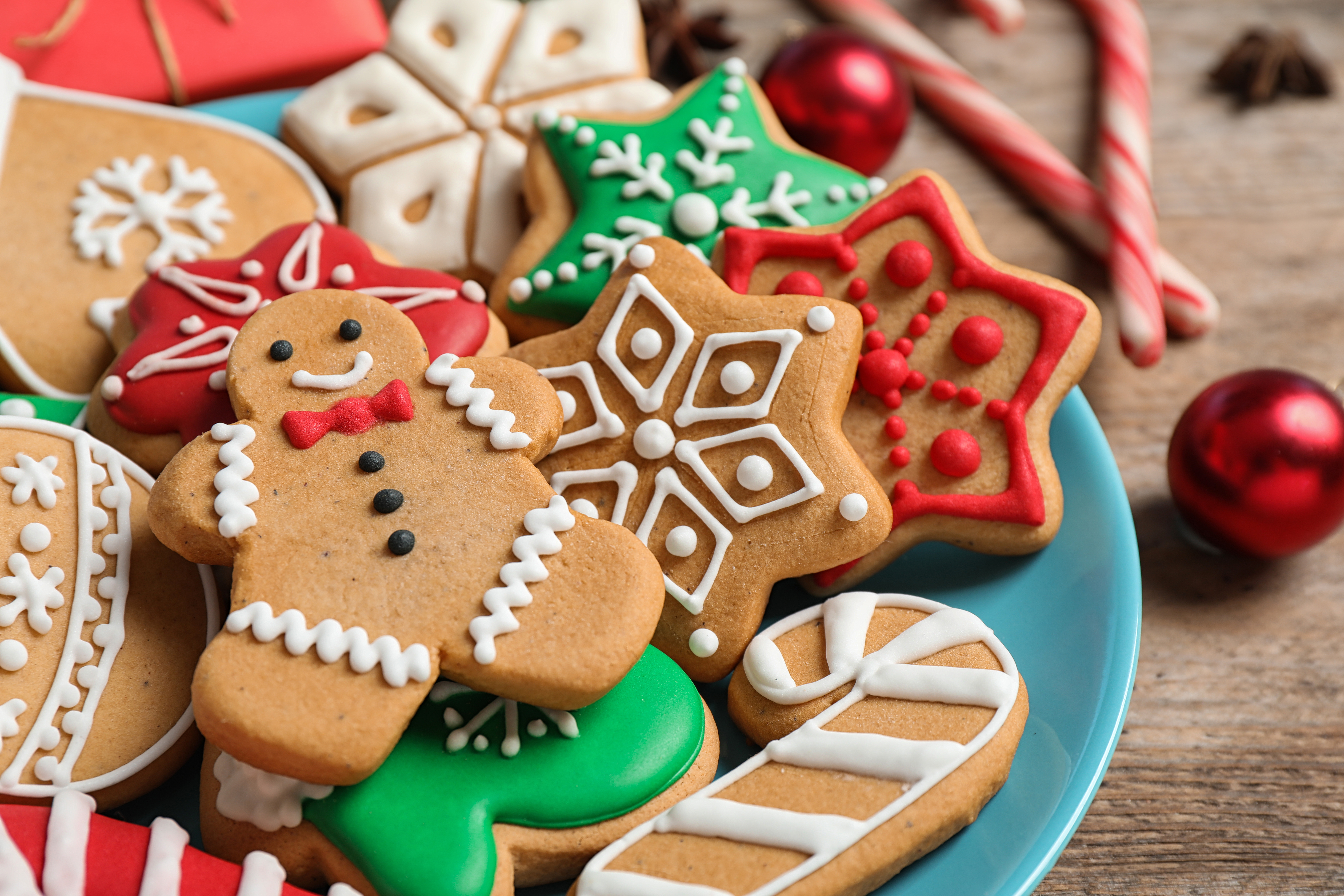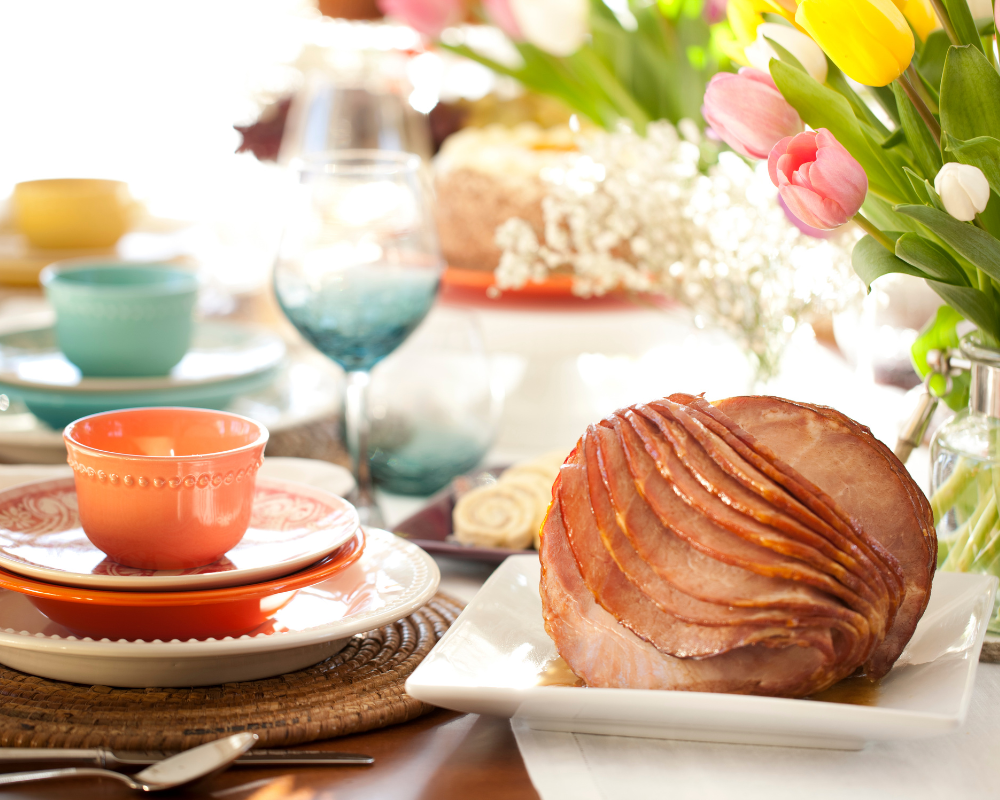Why does wine taste better with food?
The biggest weakness of wine reviews is that they usually don’t tell you how the wine tastes with food.
Which is crazy because 99% of the time people drink wine, not all by itself, but with food. Even if you’re drinking wine as an afternoon pick-me-up, chances are you’re also noshing on little munchies. This is why, when I was a professional wine reviewer, I tried as often as possible and within the limitations of space on the printed page, to recommend certain food pairings.
After all, as Julia Child said, “Wine is meant to be with food—that’s the point of it!”
We can all agree on that. Where things get dicey is the exact nature of the wine and food pairing. And the truth is, of all the myths and silly stereotypes about wine that have ever been perpetuated, one of the silliest is that certain foods must be eaten with certain wines—or certain wines should never be poured with certain foods.
Those rules were written by the wine-and-food police, who have done more to intimidate wine drinkers than almost anything else over the years.
As just about any wine expert will happily tell you, the best wine and food pairing is the one you like! If you like Cabernet Sauvignon with a peanut butter and jelly sandwich, more power to you! If you like a sweet white wine with steak, why not? Rules are meant to be broken, not slavishly adhered to.
Having said that, there are a few pointers that can make the dining experience more pleasant. The first thing to keep in mind is that when you chew food, certain physical and chemical processes in the mouth break it down, releasing complex flavors and aromas. The food mingles with saliva and the resulting mash is what gives us pleasure, by dissolving compounds and transmitting them,via nerves, to taste centers in the brain.
By the same token, when you drink wine, it unfolds in your mouth in a series of steps. You might feel the acidity first, and then the richness of fruit comes in, followed by the sweetness of oak. And saliva impacts those experiences, too.
It’s well known that certain foods and wines, taken together in the mouth, enhance each other. For example, from my experience, a rich Cabernet Sauvignon and blue cheese have a symbiotic effect. The sweetness of the cheese brings out the sweetness of the wine’s fruit, while the cheese’s creamy fat neutralizes Cabernet’s tannins and acids. A perfect combination. Another great pairing is sushi and sparkling wine, particularly rosé. Go ahead, try it and see for yourself.
On the other hand, sushi—raw fish—is repelled by oak. Paired with a big, barrel-fermented Chardonnay, sushi reverts to a fishy taste, which is the last thing you want in a nice piece of nigiri.
The best way to find out what wine and food combos work for you is to experiment. Of course, you can also read other people’s suggestions—there are a gazillion books and blogs out there. One blog that’s close to home is right here, Kendall-Jackson’s. Fortunately, we have some great chefs who have tinkered in the kitchen and come up with classic pairings, such as Kendall-Jackson’s beef brisket pot roast paired with Cabernet.
The bottom line? Again, the great Julia Child has the last word. Although she was partial to French wines, these remarks (from Mastering the Art of French cooking) hold true for any well-made premium wine: “Great combinations of wine and food are unforgettable. Knowledge of wines is a lifetime hobby, and the only way to learn is to start in drinking and enjoying them, comparing types, vintages, and good marriages of certain wines with certain foods.”
Steve Heimoff is one of America’s most respected and well-known wine writers. The former West Coast Editor for Wine Enthusiast Magazine and a contributor to Wine Spectator, he has also authored two books on the subject of California wine, including “New Classic Winemakers of California: Conversations with Steve Heimoff,” published in the fall of 2007.
For more food and wine pairing tips, visit the Entertaining section of our website.



